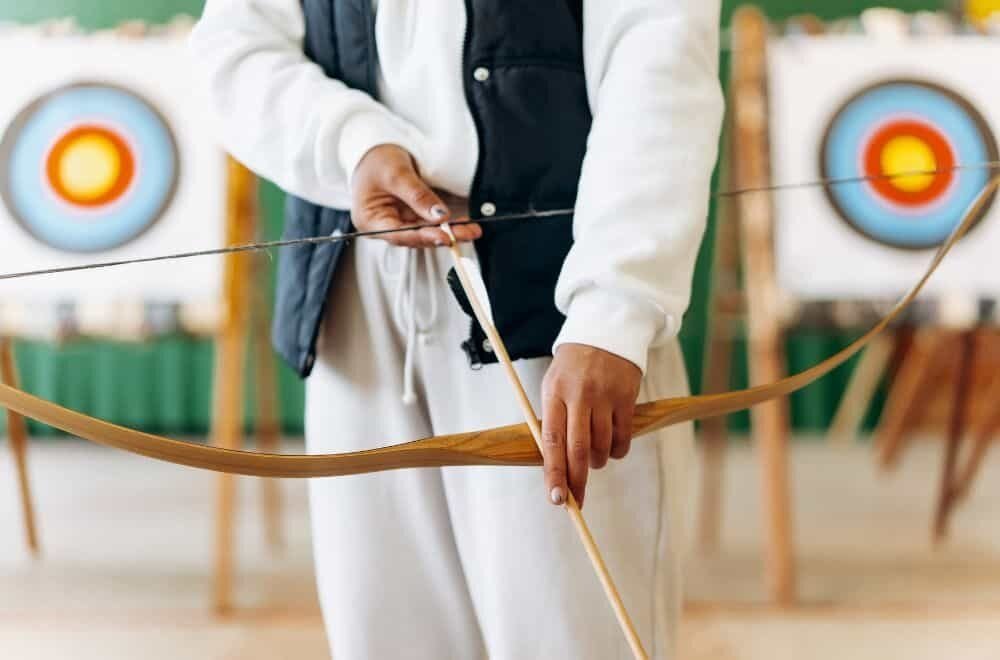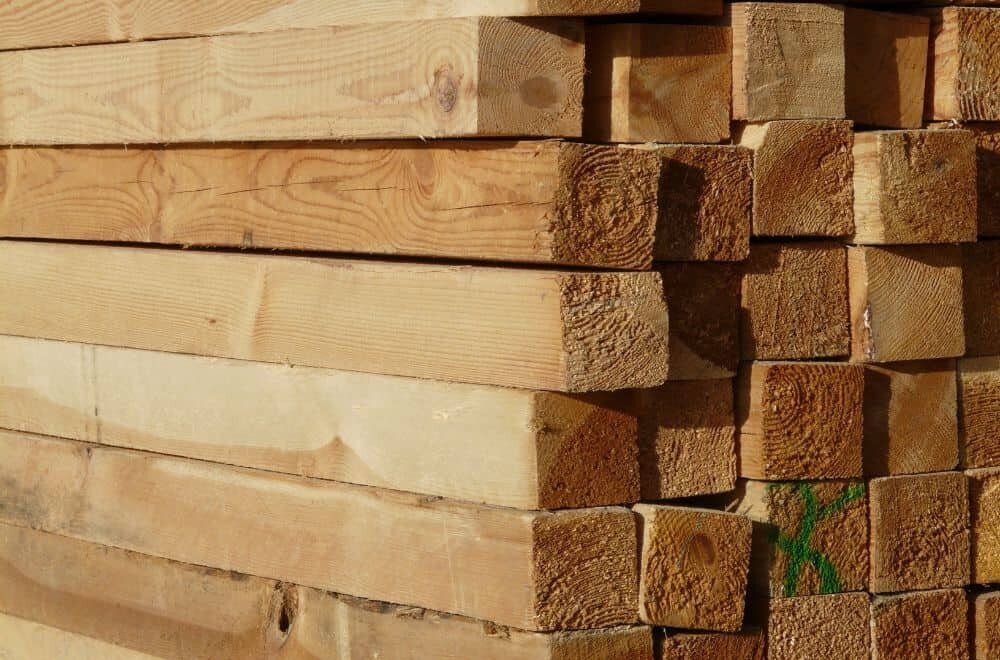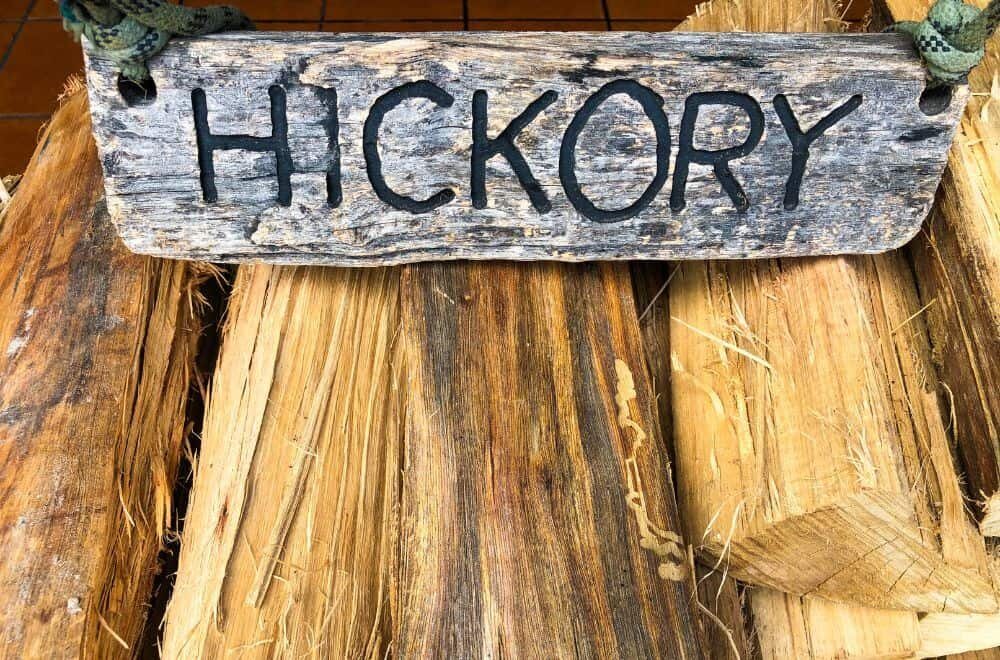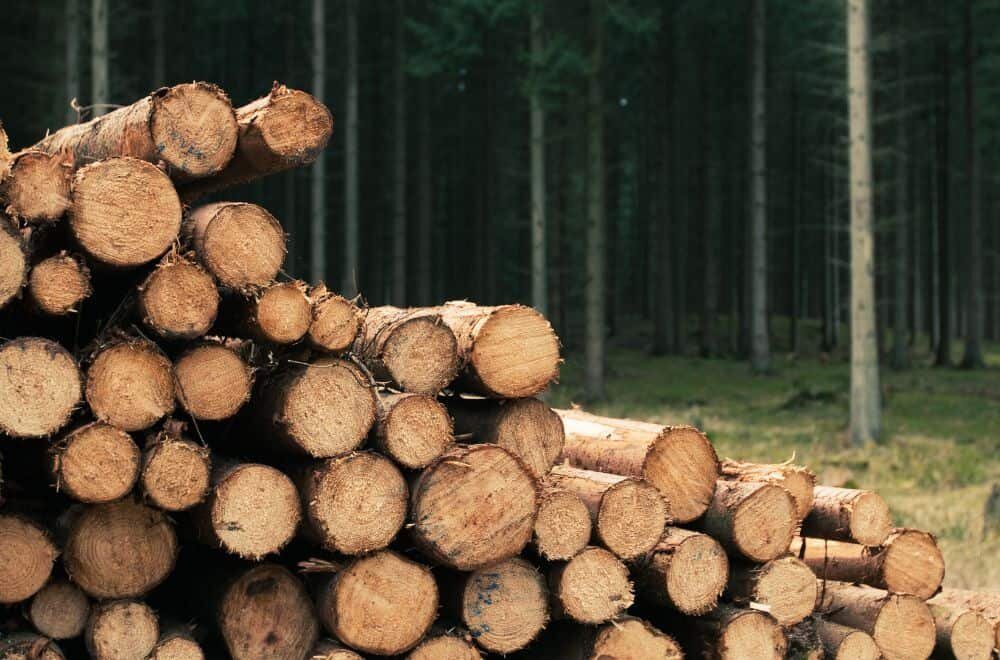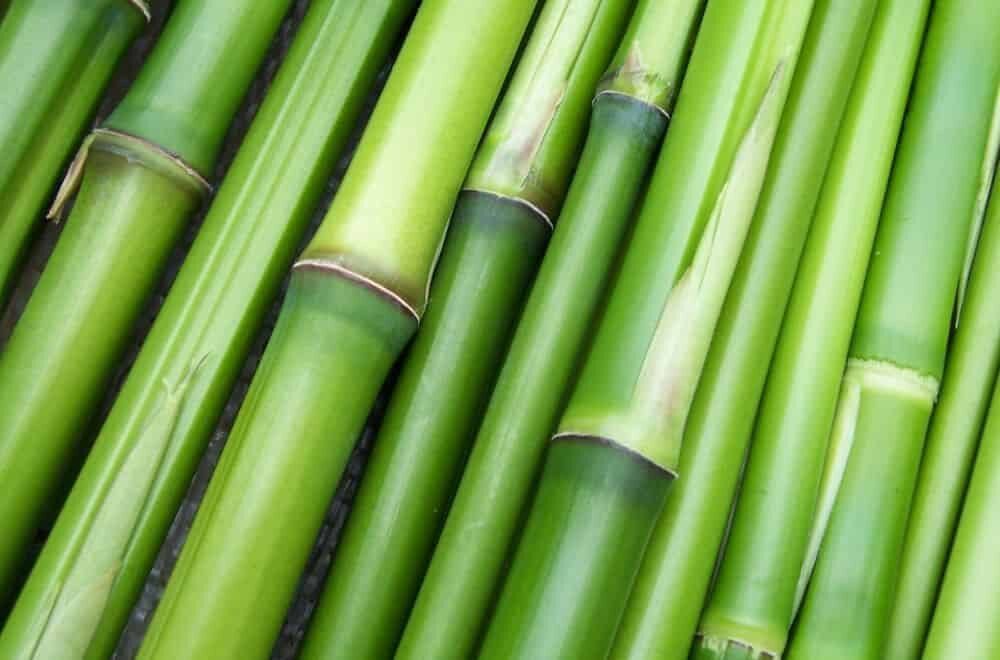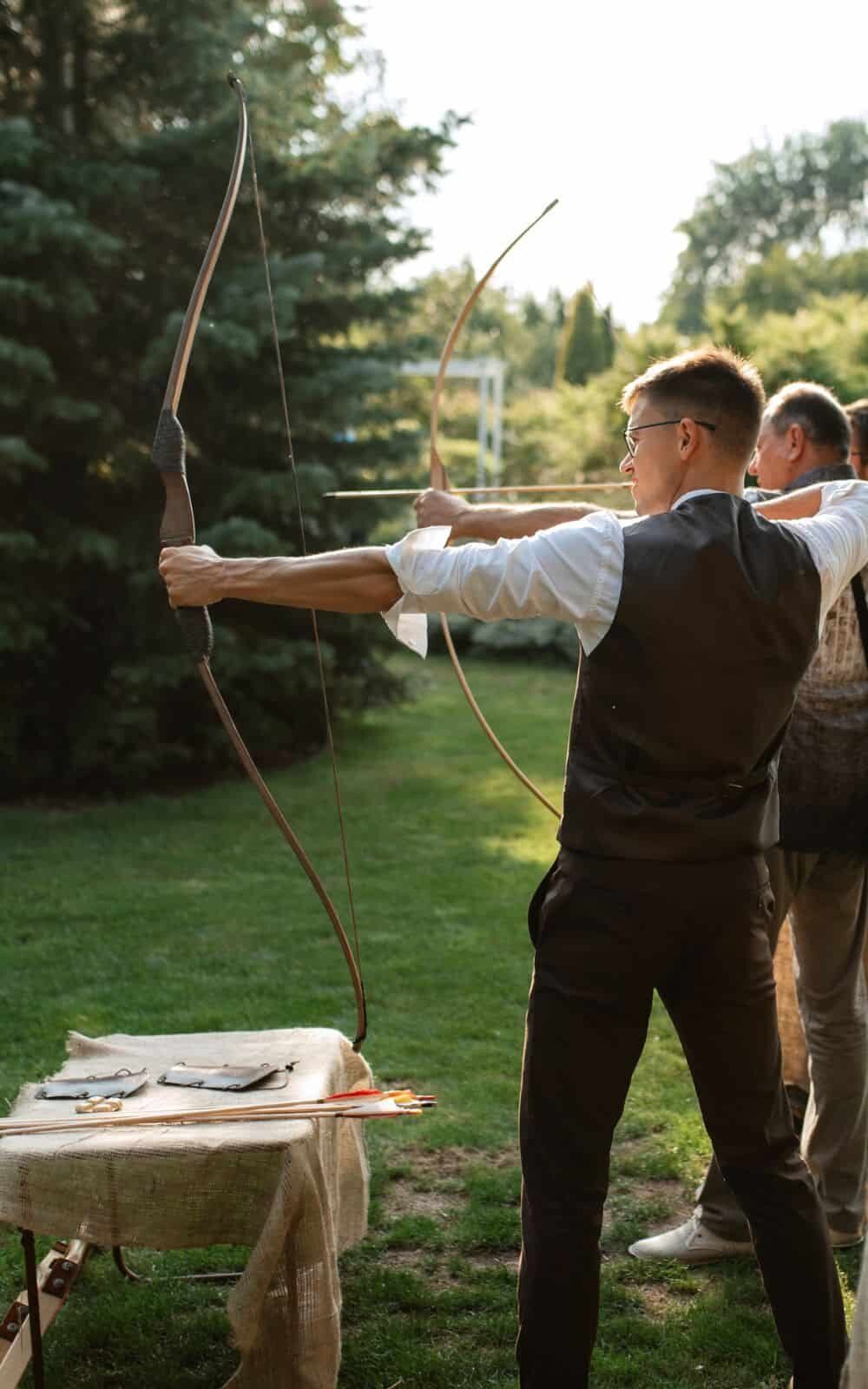Cleaning wooden furniture can be a daunting task, especially if you’re not sure where to start. But with the right tools and techniques, you can keep your wooden furniture looking beautiful for years to come. In this article, we’ll provide you with some helpful tips and tricks for cleaning and maintaining your wooden furniture.
First and foremost, it’s important to avoid using harsh chemicals or abrasive materials when cleaning your wooden furniture. These can scratch or damage the surface of the wood, leaving it looking dull and worn. Instead, opt for gentle cleaning solutions like a mixture of mild dish soap and warm water, or a vinegar and water solution. These will help to remove dirt and grime without harming the wood.
Another key tip for cleaning wooden furniture is to be gentle and patient. Don’t scrub too hard or use too much pressure when cleaning, as this can damage the wood. Instead, use a soft cloth or sponge and work in small, circular motions. And remember to always dry your furniture thoroughly after cleaning to prevent water damage. With these tips in mind, you’ll be well on your way to keeping your wooden furniture looking its best.
Understanding Wood Types
When it comes to cleaning wood furniture, it’s important to understand the type of wood you’re dealing with. Different types of wood require different cleaning methods and products. Here are the three main types of wood:
Hardwood
Hardwood is a type of wood that comes from deciduous trees, such as oak, maple, and cherry. Hardwood is known for its durability and strength, making it a popular choice for furniture. However, hardwood can be more expensive than other types of wood.
When cleaning hardwood furniture, it’s important to use a gentle cleaner and avoid using too much water. Hardwood furniture can be sensitive to moisture, which can cause warping and damage. Use a soft cloth and a mild cleaner to gently wipe down the surface of the furniture.
Softwood
Softwood comes from coniferous trees, such as pine and cedar. Softwood is less expensive than hardwood and is often used for furniture that is painted or stained. Softwood is also more prone to scratches and dents than hardwood.
When cleaning softwood furniture, it’s important to avoid using harsh chemicals or abrasive cleaners. Use a soft cloth and a mild cleaner to gently wipe down the surface of the furniture. Be sure to dry the furniture thoroughly to prevent water damage.
Veneer
Veneer is a thin layer of wood that is applied to a less expensive material, such as particle board or MDF. Veneer is often used to create the look of hardwood furniture at a lower cost. However, veneer furniture can be more delicate than solid wood furniture.
When cleaning veneer furniture, it’s important to use a gentle cleaner and avoid using too much water. Veneer is sensitive to moisture, which can cause the veneer to peel or warp. Use a soft cloth and a mild cleaner to gently wipe down the surface of the furniture. Avoid using abrasive cleaners or scrubbing too hard, as this can damage the veneer.
Materials Needed for Cleaning
When it comes to cleaning wooden furniture, it’s important to have the right materials on hand. Here are some of the items you’ll need to get started:
Dish Soap
Dish soap is a great all-purpose cleaner that can be used on wooden furniture. It’s gentle enough not to damage the surface, but strong enough to remove dirt and grime. To use dish soap, mix a few drops with warm water and apply it to a clean, damp cloth. Wipe the furniture down, making sure to get into all the nooks and crannies. Rinse the cloth and repeat as needed.
Vinegar
Vinegar is a natural cleaning agent that can be used on wooden furniture. It’s especially useful for removing water stains and other tough stains. To use vinegar, mix equal parts water and vinegar in a spray bottle. Spray the solution onto the furniture and wipe it down with a clean cloth. Be sure to rinse the cloth frequently to avoid spreading the vinegar around.
Mineral Spirits
Mineral spirits are a solvent that can be used to clean wooden furniture. They’re especially useful for removing wax buildup and other stubborn stains. To use mineral spirits, apply a small amount to a clean, dry cloth and rub it onto the furniture in a circular motion. Be sure to wear gloves and work in a well-ventilated area.
Wood Polish
Wood polish is a great way to protect and restore the shine of wooden furniture. There are many different types of wood polish available, so be sure to choose one that’s appropriate for your furniture. To use wood polish, apply a small amount to a clean, dry cloth and rub it onto the furniture in a circular motion. Be sure to follow the manufacturer’s instructions for best results.
By having these materials on hand, you’ll be able to keep your wooden furniture looking clean and beautiful for years to come.
Basic Cleaning Process
Cleaning your wooden furniture regularly can help maintain its beauty and extend its lifespan. Here are the basic steps to follow when cleaning your wooden furniture:
Dusting the Furniture
Before you start cleaning your furniture, you need to remove any dust and debris that may have accumulated on it. Dusting is an important step because it helps prevent scratches and other damage to the wood. Here’s how to do it:
- Use a soft, dry cloth or a feather duster to remove any loose dust and debris from the surface of the furniture.
- Make sure to dust all the nooks and crannies, including the corners and crevices.
- Avoid using a rough or abrasive cloth, as this can scratch the surface of the wood.
Applying the Cleaning Solution
Once you have removed the dust and debris, it’s time to apply the cleaning solution. There are many different types of cleaning solutions available, but a simple mixture of water and mild dish soap is often the most effective. Here’s how to apply the cleaning solution:
- Mix a small amount of mild dish soap with warm water in a bucket.
- Dip a soft cloth into the cleaning solution and wring it out until it’s just damp.
- Test the cleaning solution on a small, inconspicuous area of the furniture to make sure it doesn’t damage the wood.
- If the test area looks good, use the damp cloth to clean the rest of the furniture.
Wiping Down the Furniture
After you have applied the cleaning solution, it’s time to wipe down the furniture with a clean, dry cloth. Here’s how to do it:
- Use a clean, dry cloth to wipe down the furniture, removing any excess cleaning solution.
- Make sure to wipe in the direction of the grain to avoid damaging the wood.
- If the furniture feels damp, let it air dry for a few minutes before using it.
By following these simple steps, you can keep your wooden furniture looking beautiful for years to come.
Dealing with Stains and Spots
Wooden furniture is beautiful and timeless, but it is also susceptible to stains and spots. In this section, we will discuss how to deal with different types of stains and spots that can affect your wooden furniture.
Water Stains
Water stains are a common problem with wooden furniture. They occur when water is left on the surface of the wood for too long. To remove water stains, follow these steps:
- Mix equal parts of baking soda and water to make a paste.
- Apply the paste to the water stain and rub gently with a soft cloth.
- Wipe the area clean with a damp cloth and dry it with a dry cloth.
Ink Stains
Ink stains can be tough to remove from wooden furniture. To remove ink stains, follow these steps:
- Mix equal parts of vinegar and water.
- Dip a cotton ball into the mixture and apply it to the ink stain.
- Rub gently until the stain disappears.
- Wipe the area clean with a damp cloth and dry it with a dry cloth.
Food Stains
Food stains are another common problem with wooden furniture. To remove food stains, follow these steps:
- Mix equal parts of vinegar and olive oil.
- Dip a soft cloth into the mixture and apply it to the food stain.
- Rub gently until the stain disappears.
- Wipe the area clean with a damp cloth and dry it with a dry cloth.
Remember to always test any cleaning solution on an inconspicuous area of the furniture before using it on a larger area. Also, avoid using harsh chemicals or abrasive materials on wooden furniture as they can damage the surface. With a little care and attention, your wooden furniture can stay beautiful for years to come.
Polishing Your Furniture
Keeping your wooden furniture clean is important, but polishing it will help to maintain its natural beauty and extend its lifespan. Here are some tips on how to polish your wooden furniture:
Choosing the Right Polish
Before you start polishing your furniture, it’s important to choose the right polish for your specific type of wood. There are many different types of wood polishes available on the market, so it’s important to choose one that is appropriate for your furniture.
One popular type of polish is beeswax, which is a natural and eco-friendly option. Beeswax is great for protecting and nourishing your wooden furniture, as it helps to prevent the wood from drying out and cracking. Another popular option is a silicone-based polish, which creates a protective layer over your furniture and gives it a shiny finish.
Applying the Polish
Once you’ve chosen the right polish for your furniture, it’s time to apply it. Here’s how:
-
Start by dusting your furniture with a dry, soft cloth to remove any dirt or debris.
-
Apply a small amount of polish to a clean, soft cloth. Be sure to follow the manufacturer’s instructions for how much to use.
-
Rub the cloth onto the furniture in a circular motion, working in small sections at a time.
-
Once you’ve applied the polish, let it sit for a few minutes to allow it to penetrate the wood.
-
Use a clean, dry cloth to buff the furniture, removing any excess polish and creating a shiny finish.
Remember to always test the polish on a small, inconspicuous area of your furniture before applying it to the entire piece. This will help you to ensure that the polish is compatible with your furniture and that it won’t cause any damage.
By following these simple tips, you can keep your wooden furniture looking beautiful for years to come.
Maintaining Your Wooden Furniture
To keep your wooden furniture looking great for years to come, it’s important to maintain it properly. Here are a few tips to keep your wooden furniture in top condition.
Regular Dusting
Dusting your wooden furniture regularly is the most important thing you can do to keep it looking great. Dust can scratch the surface of your furniture, so it’s important to remove it regularly. You can use a soft cloth or a feather duster to remove dust from your furniture. Avoid using a dry cloth, as this can scratch the surface of your furniture.
Avoiding Sunlight and Heat
Sunlight and heat can cause your wooden furniture to fade and dry out. It’s important to keep your furniture away from direct sunlight and heat sources like radiators and fireplaces. If you must place your furniture in a sunny spot, consider using curtains or blinds to block out the sun.
Using Coasters
Using coasters is important to prevent water rings and other damage to your wooden furniture. Always use coasters under glasses, mugs, and other items that can leave moisture on your furniture. If you do spill something on your furniture, clean it up immediately with a soft cloth.
By following these simple tips, you can keep your wooden furniture looking great for years to come. Regular dusting, avoiding sunlight and heat, and using coasters will help protect your furniture and keep it looking its best.
